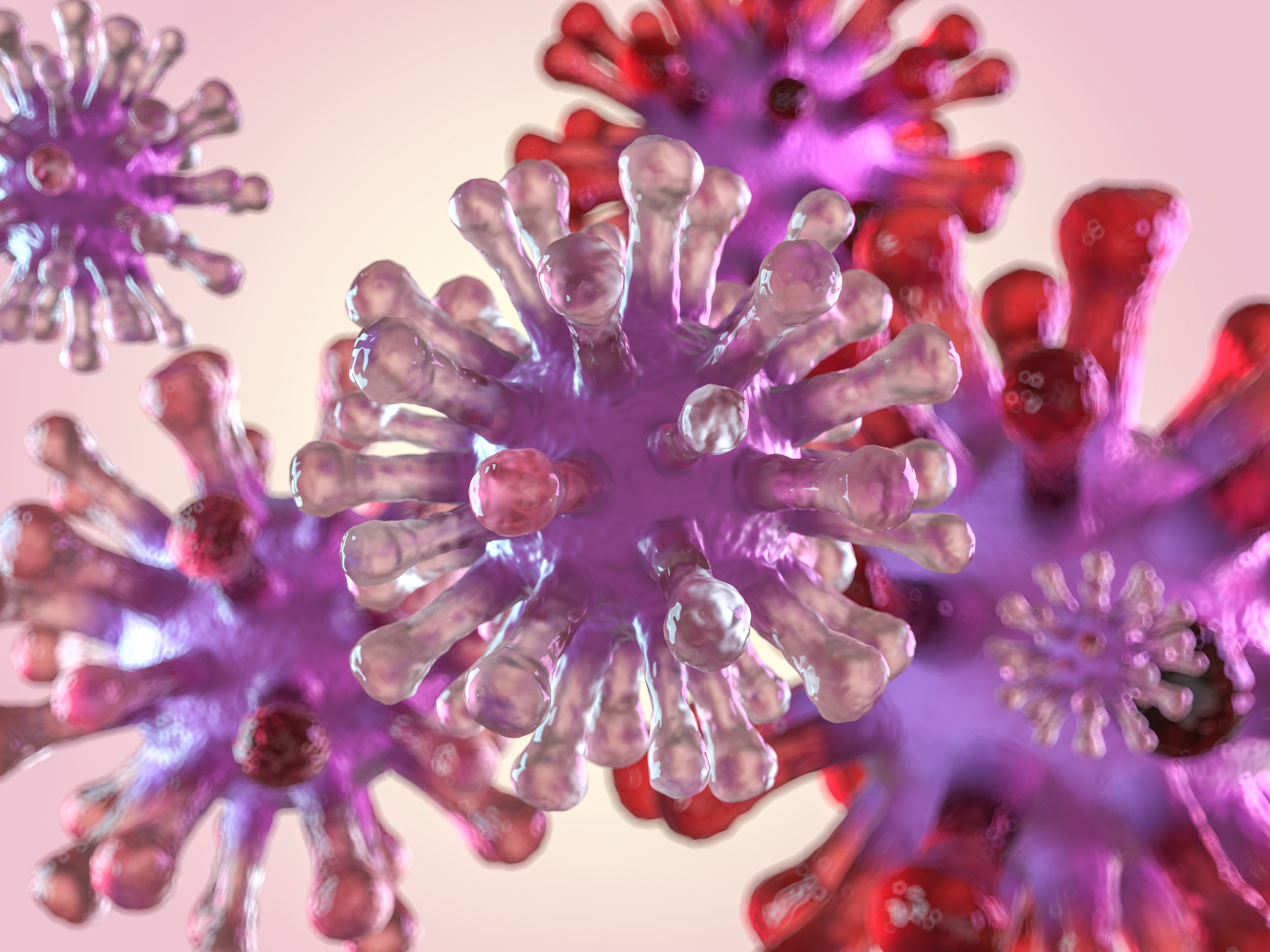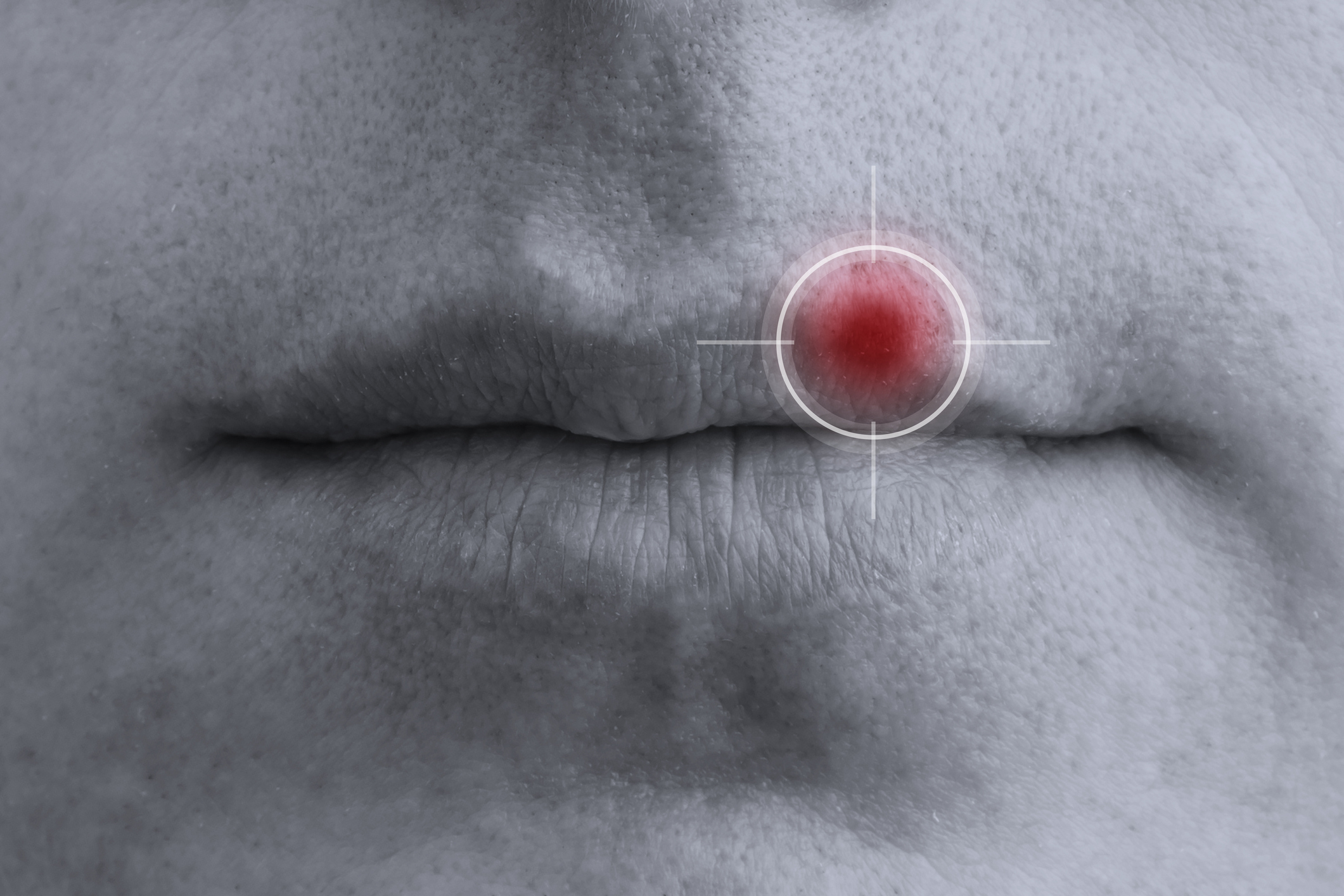What is a bloodborne pathogen?
Bloodborne pathogens are infectious microorganisms in human blood that can cause illness and disease in human beings.
Three main pathogens specifically addressed by the BBP guideline are:
- Hepatitis B (HBV)
- Hepatitis C (HCV)
- Human immunodeficiency virus (HIV)
Other pathogens can include:
- Herpes
- Ringworm
- Impetigo
- Staphylococcus Aureus
- Scabies
- Molluscum Contagiosum
- Tuberculosis
What are the modes of transmission?
Bloodborne pathogens are transmitted through contact with infected human blood and Other Potentially Infectious Body Materials (OPIM).
OPIM include:
- Amniotic fluid
- Semen
- Cerebrospinal fluid
- Contaminated blood
- Pleural fluid
- Synovial fluid
- Peritoneal fluid
- Vaginal secretions
Modes of transmission can occur when an infected person's fluids contact a mucous membrane or broken skin in the genitals, rectum or mouth as well as through the nose, eyes and mouth. Infectious blood can also be carried through acne, cuts, abrasions, or any other kind of open sore when there is contact with infectious blood/fluids.
Some examples of transmission modes are:
- Needles
- Personal hygiene items
- Syringes
- Body piercings
- Tattoos
- Sexual contact
- Mother to child (before/after birth)
- Skin punctures from contaminated sharps/needle






